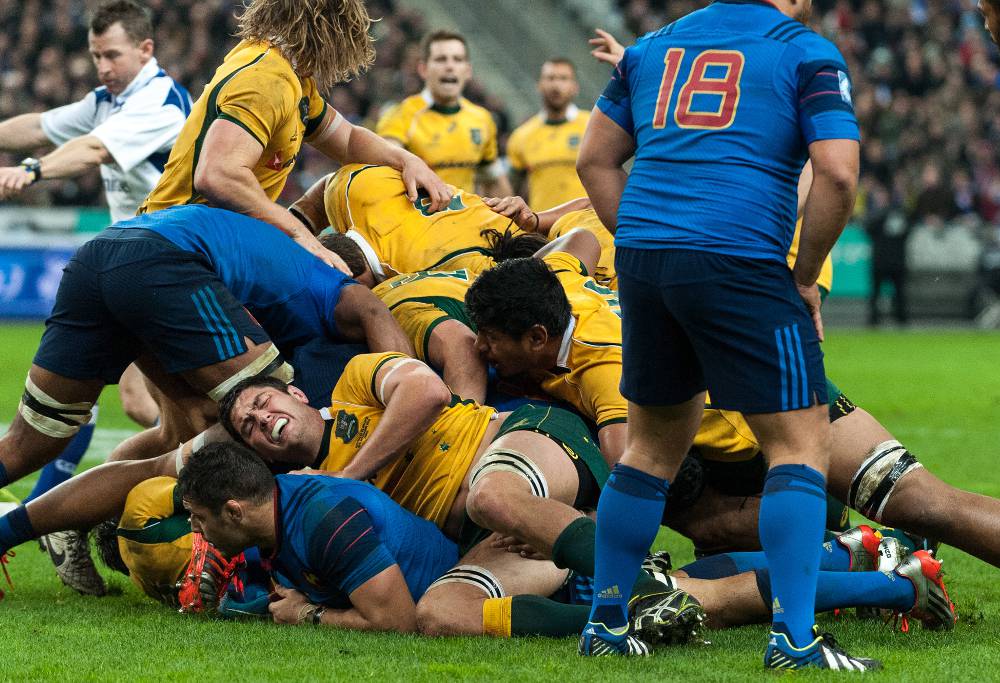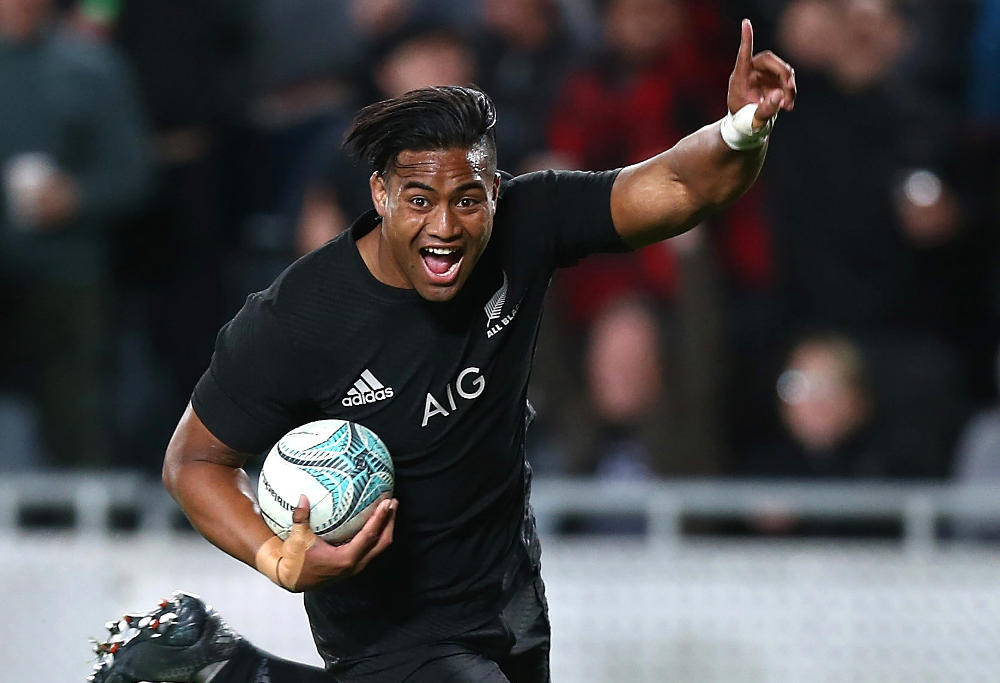The long rugby season rolls on! What should we be looking for out of the Spring tours?
Like a well-constructed maul, the rugby calendar enters one of its most interesting phases just when you’d thought it had lost momentum.
The Spring Tours are always intriguing and besides the early/late viewing times, great for spectating. Seeing the players we’ve watched all year compete in new environments and against vastly different oppositions and tactics is a treat.
Here are a few questions to get you thinking about what’s coming up.
Is a Wallabies Grand Slam really on?
I don’t think so.
It’s admirable to aim for a Grand Slam (defeating all four Home Union nations: England, Wales, Scotland and Ireland) whenever you have a chance to achieve one. You don’t get to the top without aiming for it.
But this team is hardly consistent enough to win three matches in a row. Let alone four out of five that is required to take the grand slam (allowing for a loss against France in the middle of the tour.)
The Wallabies showed they had improved by making the third Bledisloe Cup Test close for about 60 minutes. But across four Home Union matches there are too many weaknesses.
If the Wallabies win three of the four Grand Slam Tests I would consider that a good tour. The most enjoyable result either way would be a win against England to get some sort of revenge for the tailspin they pushed the Wallabies into this June.
The midfield defensive problems, inattentiveness to their own ruck, a limited lineout and shaky scrum are going to be put under too much pressure across five weekends in a row to come away undefeated.
Can the Wallabies fix their own ruck?
As I noted last week, the Wallabies laziness when it comes to securing the ball at the ruck is an obvious weakness of the team.
The Wallabies forwards often prefer to fan out for the next phase of attack, allowing the opposition room to disrupt the ball or turn it over.
When the defence is tired this tactic helps produce attacking options, but when the defensive line is confident and scavengers are active this leads to frustrating turnovers and lack of continuity that starves the Wallabies’ confidence players of multiple touches.

Many of the Wallabies best players have been short on form this year and they seem to need repeated phases in possession to find their feet in matches. Against good teams that pilfer and counter-ruck that doesn’t happen until late in both halves because the forwards aren’t focused enough on securing the pill.
In the Northern Hemisphere teams love to bully the Wallabies at the ruck, and multiple tacklers will hold up ball runners. We’ve all seen it before. But without adjusting the Wallabies will not secure multiple phases until they’re behind in the game.
Will the Wallabies midfield picture become clearer by December?
The midfield is very concerning for the Wallabies at this point. Whether Israel Folau moves into 13 or not – I hope not – they will be putting a new inside and outside centre duo on the park yet again in the first Test.
Defensively the problems are obvious. Communication, understanding and reps are all going to be lacking.
In attack the Wallabies have failed to fire this year, and that’s also partly because the sheer number of combinations that have been tried in the midfield. At this point they need to settle on something to let it build through the tour.
Set plays can be drilled throughout the week and run on the weekend, no matter how many Tests the midfield have played together.
Where the inexperience is lacking is in phase play. Everyone needs to know the tendencies of those around them to make the most of the small openings, turnovers and quick passing that breaks Test rugby open.
One thing that will help the midfield on the tour is Will Genia. While he won’t be free for all Tests, when he is it will be important. He was one of the top performers – if not the best – of the Wallabies during the Southern Hemisphere season.
Nick Phipps tried hard against New Zealand, but Genia has been much better. More decisive and a better pass. He makes those outside him look better.
Can New Zealand finish with a points-differential as ridiculous as their Rugby Championship one?
One thing I noticed going back over the results of the Rugby Championship this week, was the final overall table. Not exciting at first glance – but then you zero in on the All Blacks row and see they scored 178 points more than they conceded across the championship. That’s an average of 29 points to the good in each of their six matches.

That is a truly staggering number in what is meant to be a tough tournament.
Every other side finished with a negative points differential. Because when everyone is getting thrashed by the All Blacks it’s hard to win the rest of your matches by enough to get into the black.
My question is whether the All Blacks will be able to sustain that sort of form into the 10th month of a long season, and on the road?
I’d expect the first Test against Ireland to be tougher, but the second one to be close to the 29 point margin the All Blacks had in the Rugby Championship. They should cover that spread against Italy as well. So it depends how well they go first up and in the final match against France.
What makes me believe they can sustain the form for another month is the incredible power coming off their bench every week that will push the starters and be more than capable should the coaches decide to rest some first-teamers.
Which Hemisphere will come away with a winning record?
Considering the All Blacks slate brings me to the obvious objective of the Spring Tours: It’s another opportunity for the Southern Hemisphere heavy-weights to go abroad and hammer their Northern Hemisphere counterparts.
Will the ledger be lopsided come the first week of December? Or will the Northern Hemisphere show the four World Cup semi-finalists they’ve improved this year?
Four wins is very much in play for the All Blacks.
The Wallabies should win three of their matches. The question will be whether Ireland, Wales and France can add to the Wallabies most likely loss – England – to really tilt this trip in the favour of North.
The Springboks should win at least two of their three. Italy aren’t consistent enough to roll through a better version of their own team. Wales will be a hard slog but are beatable. And England, again, will be the biggest test. I think the Springboks will play this tour safe and focus on results over development, meaning two wins is likely.
Argentina play Wales, Scotland and England on tour. And they’ve be disappointed not to get at least one win from that stretch.
It looks like 10 wins from 15 matches is on offer for the Southern Hemisphere travellers. But a second Wallabies slump or a disinterested Argentina touring squad could squeeze that margin.































































































